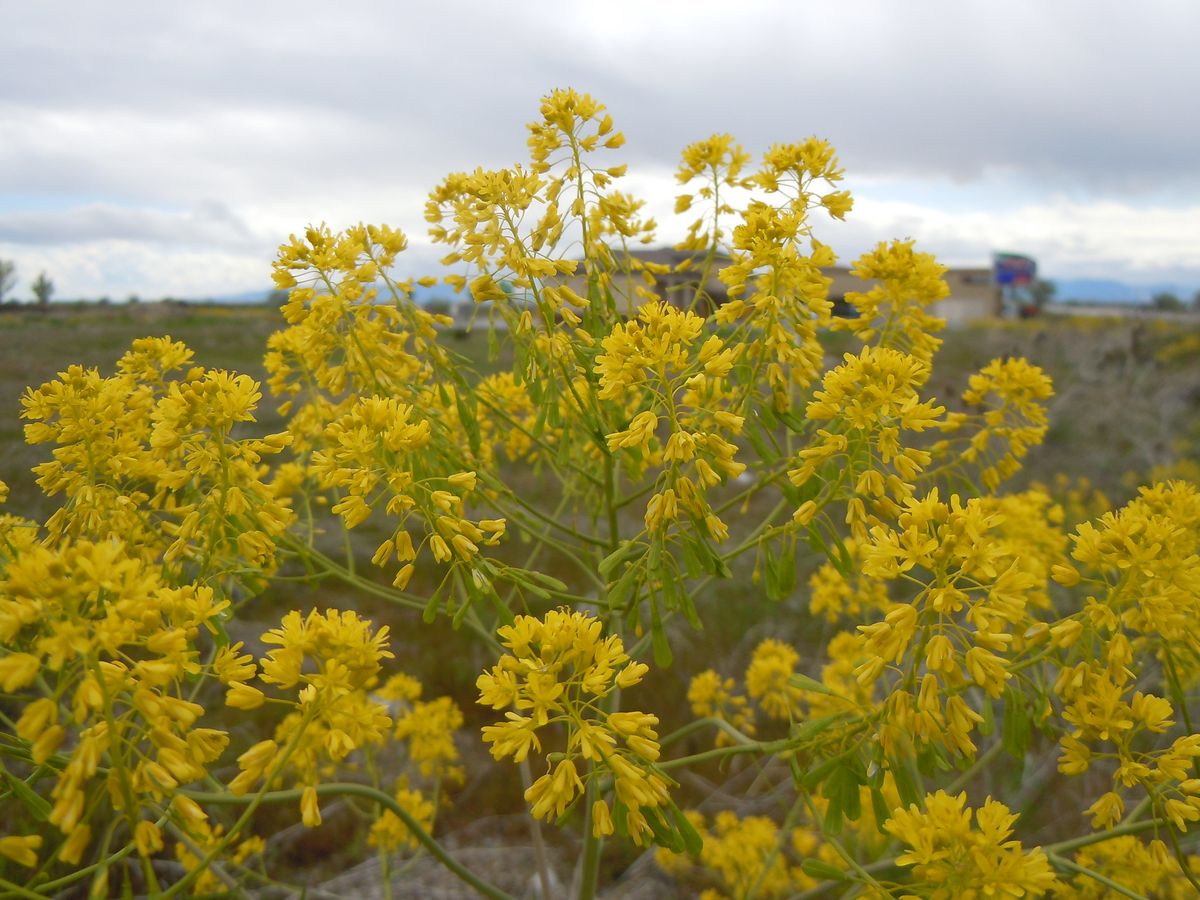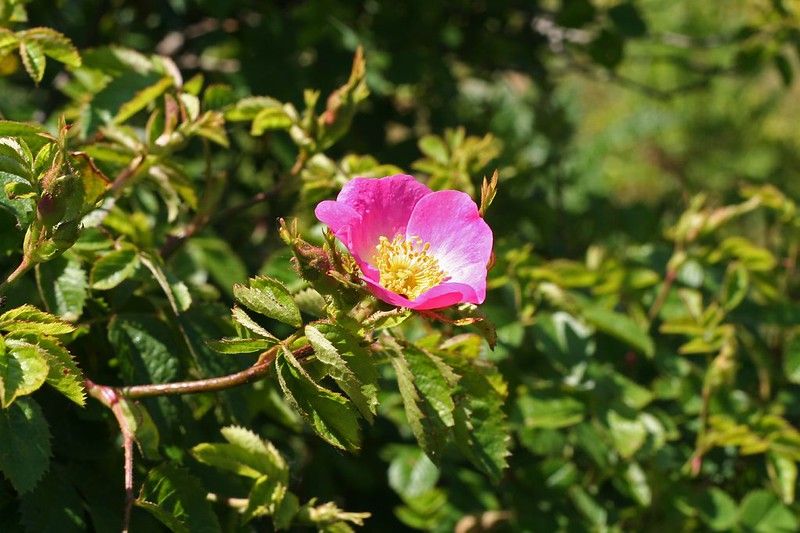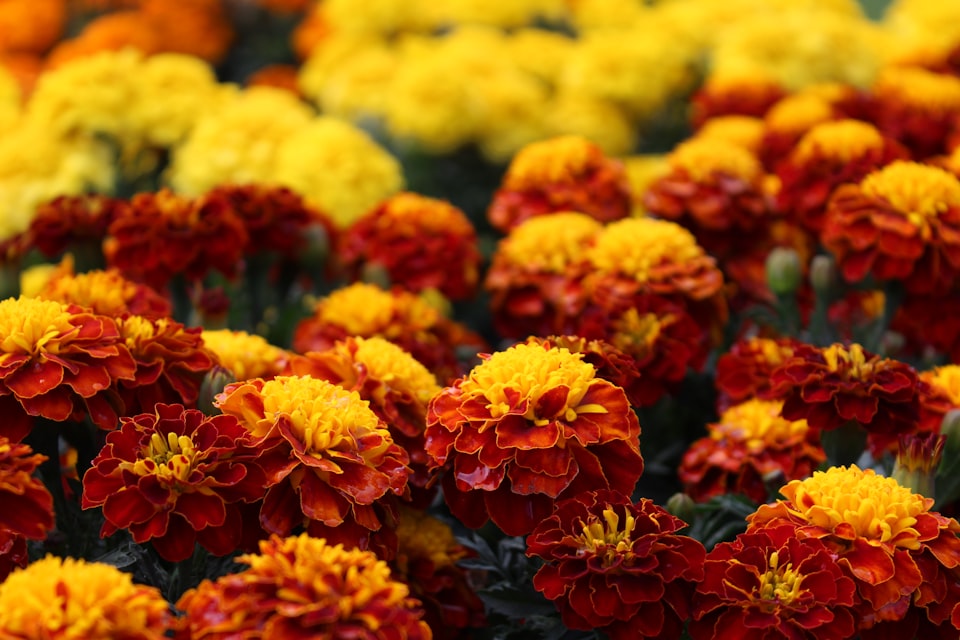VI: Woad
Queen Elizabeth I's woad woes.

Good morning. Today is sextidi, the 26th of Pluviôse, Year CCXXXI. We celebrate la guède, a yellow flower that makes a terrific blue dye.
💡
Here we end our trilogy of pre-industrial dyes. It started back in Vendémiaire with mignonette, the common yellow dye. Then we met madder in Brumaire, our classic red dye. Now we get our final primary color, the indigo before actual indigo was available in Europe: woad. Quite a lot has to happen to a woad flower to make it a blue dye. The stems and leaves chopped up until they're pasty, at which point they're rolled into woad balls. These are sprinkled with water and allowed to ferment a bit, then sent to a drying rack, where they harden like wood. The dyer would receive these dried little woad balls and soak them in either potash or piss in order to release the liquid blue dye into a vat. This would sit for another three days for allow for even more fermentation, at which point it was ready to affix to wool.
Queen Elizabeth I had many problems to solve when she first donned the crown. England had a crap currency that other counties wouldn't even accept for debt payments, religious fights still abounded thanks to her dad's need for a divorce or two or three, and the nation was completely dependent on imports because domestic industry never evolved beyond "shave a sheep from your thatched roof cottage."



